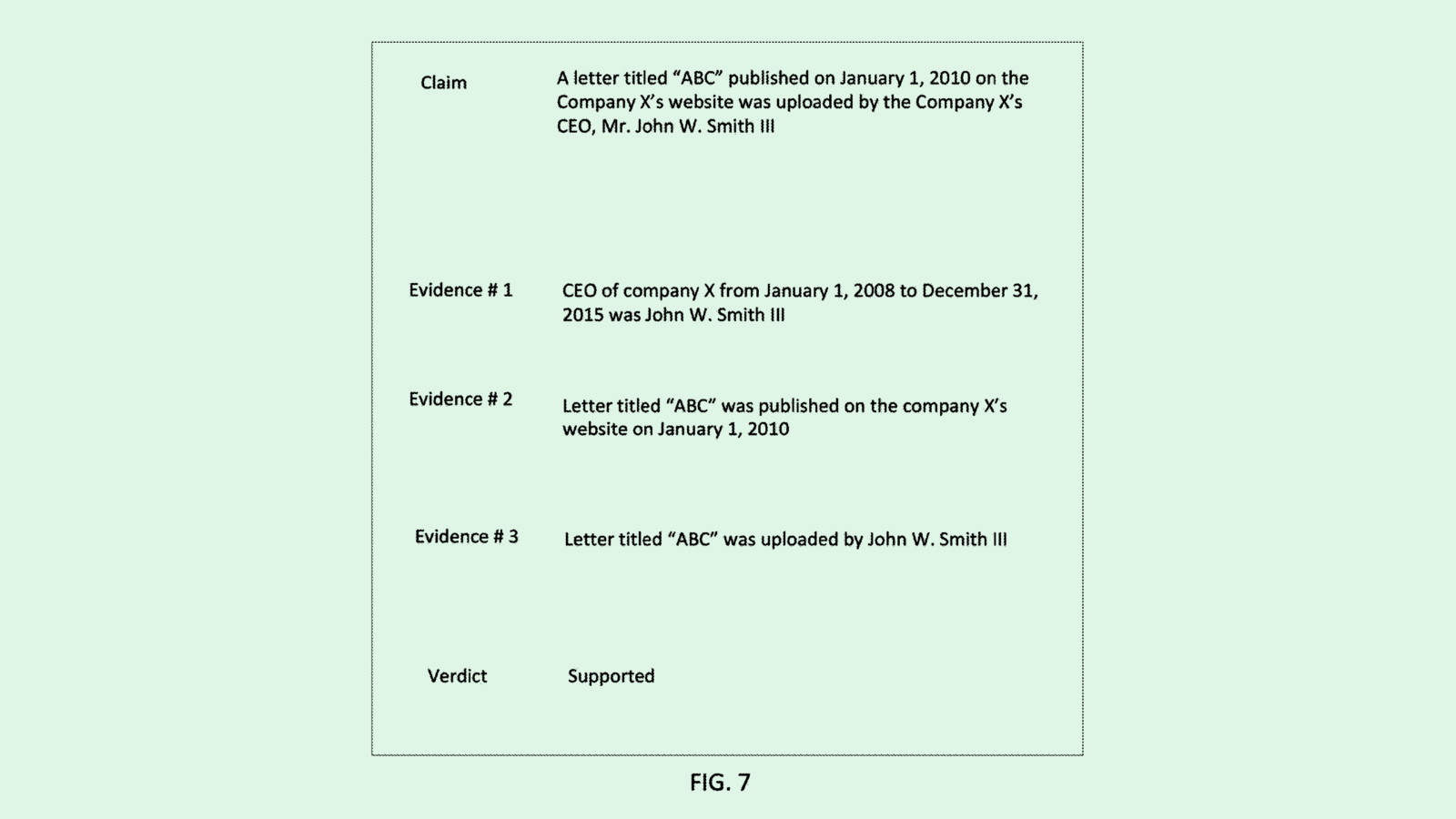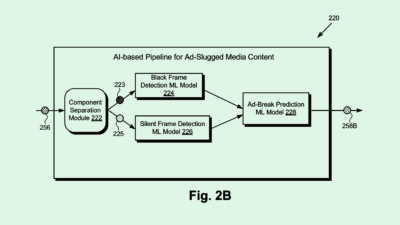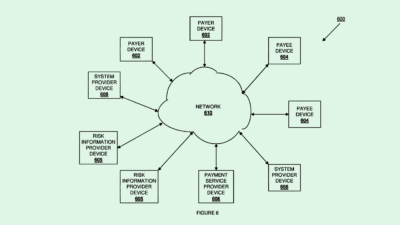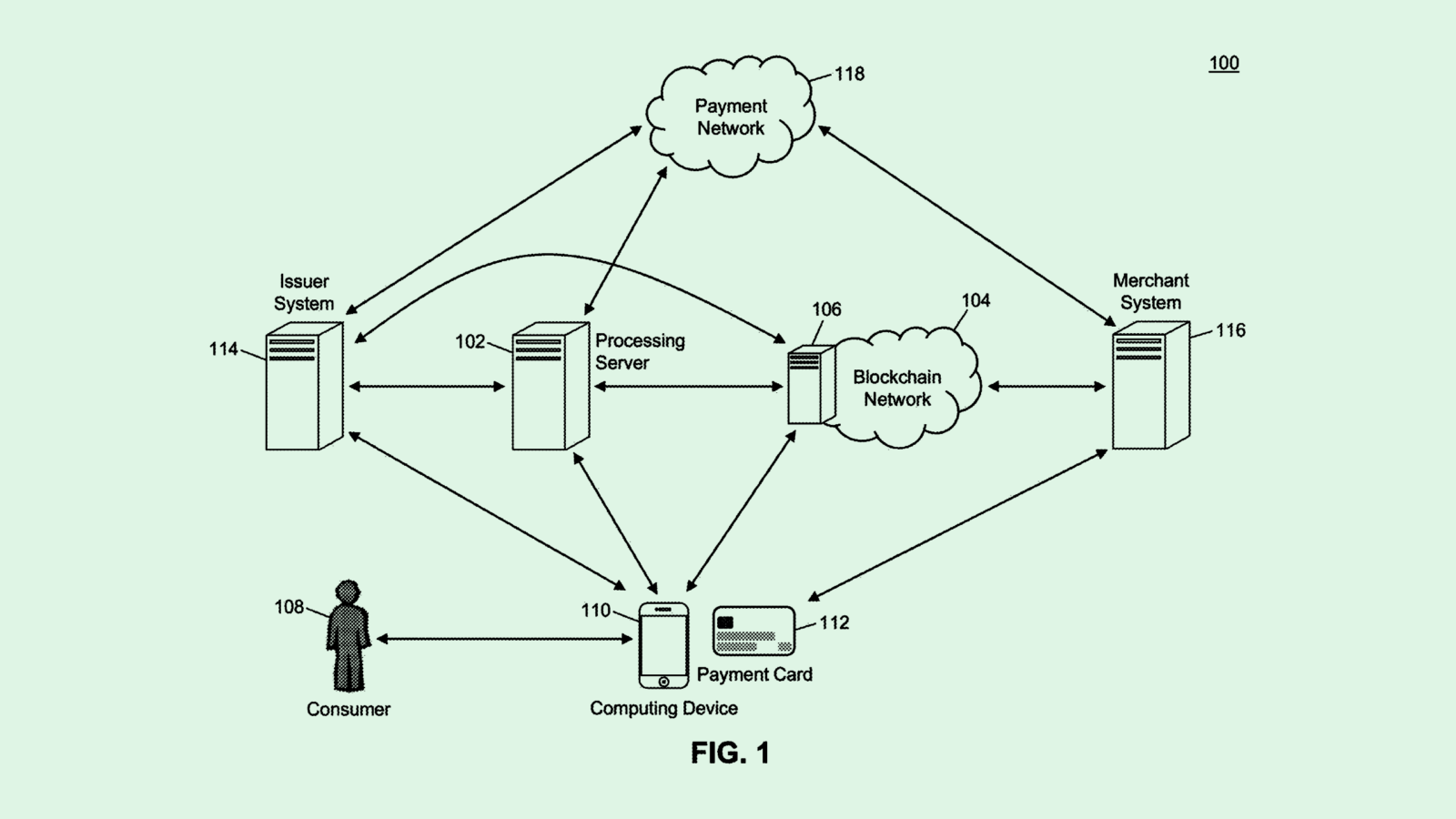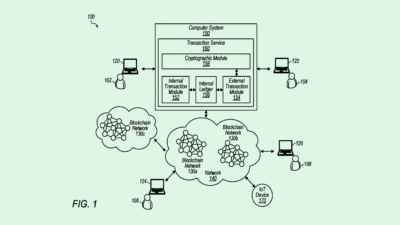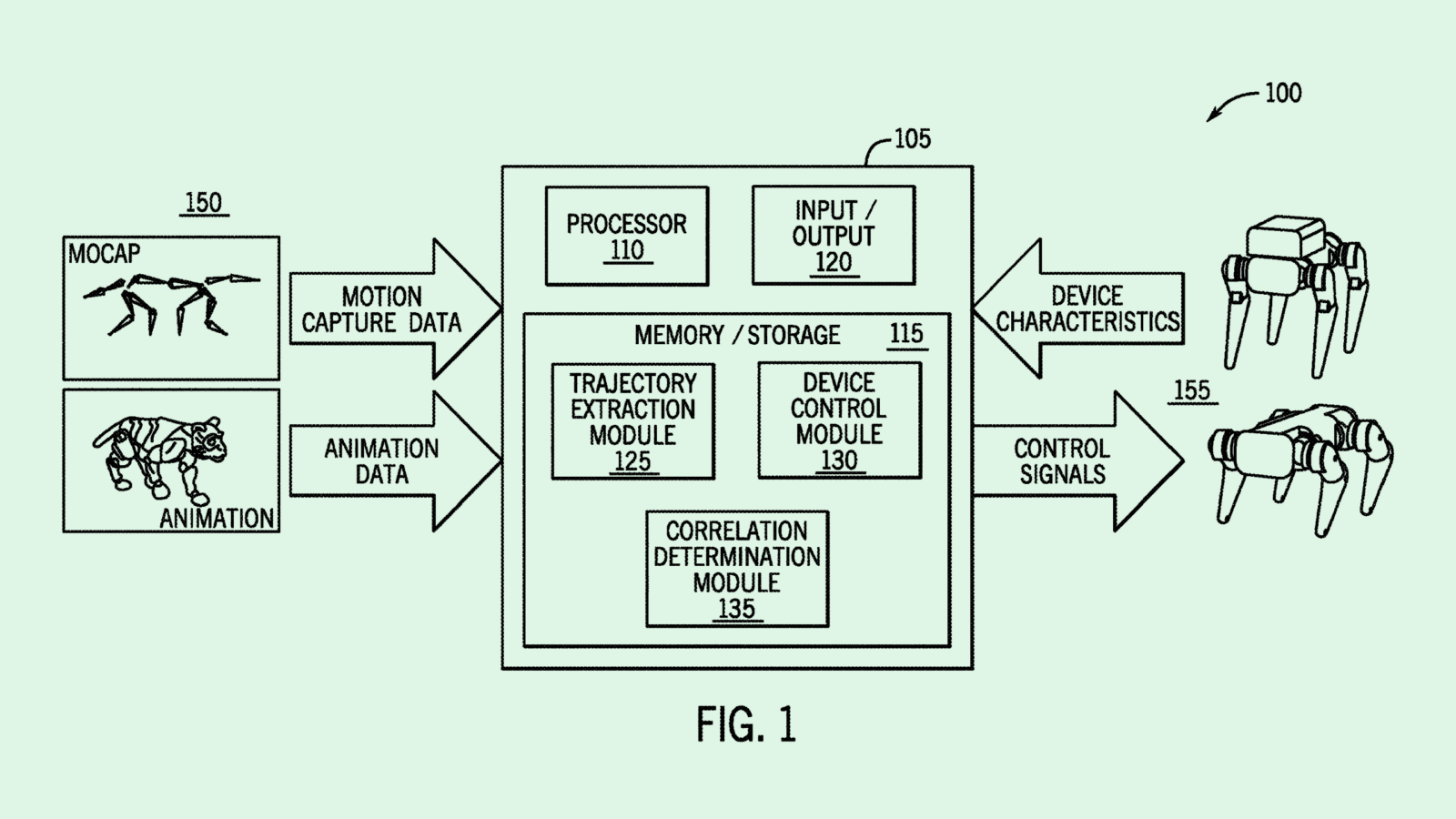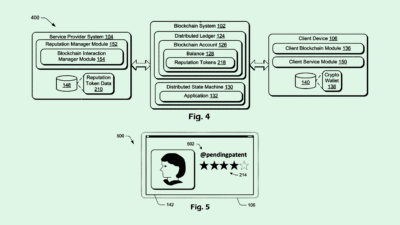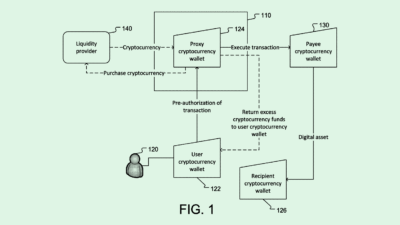Disney Censors Profiles (plus more from Ford & Amazon)
Personalized censorship, blockchain for deliveries & auto-generative clothing photos
Sign up to uncover the latest in emerging technology.
Personalized censorship, blockchain for deliveries & auto-generative clothing photos
1. Disney – personalized censorship of digital content
Disney is working on creating censorship profiles that can be personalized by users.
In the filing, Disney argue that the existing categories for censorship are too broad in their classifications – whether it’s age-based (e.g. PG 13) or warnings around certain thematic elements (e.g. crude language or violence). Moreover, classifications of certain activities as inappropriate may become viewed as outdated and backwards (e.g. breastfeeding on screen).
Disney want to provide extremely granular censorship preferences for users. Their system will then identify the time boundaries for when censorship elements appear on screen, and if there’s any visual facets on the screen that require censorship. For example, imagine you have a phobia for viewing sharp objects. You may want all sharp objects to be identified and blacked out in a movie.
A user’s censorship profile could be created and modified based on certain user characteristics, such as age and geography. For instance, if you’re creating a Disney+ profile for your child, when you specify the child is 10 years old, the censorship profile for that user could have preferences that reflect what the viewership requirements are for a 10 year old. A parent may then decide to alter the profile based on their specific preferences.
This filing is interesting across a number of dimensions. Firstly, computer vision and machine learning can help us more accurately identify and describe different scenes in videos. So in theory, the tagging of censorship-worthy content can now be automated. This enables Disney to be able to describe scenes in extremely granular ways, and then build a censorship system based around those tags.
However, the granularity of this censorship system reduces the serendipity of interacting with new content. The deep control of what images and ideas can be shown to others is a dream for repressive states and maybe runs counter to our development, by reducing the likelihood of being confronted by ideas / visuals / themes outside of our comfort zone.
This technology highlights the tension of most parents trying to raise their children in the infiniteness of the internet – to control or to set free. Disney’s technology here leans into the parental urge to control.
2. Ford – smart containers leveraging blockchain
When delivering high-value packages, there’s a higher risk of fraud or tampering. And if these packages have multiple delivery agents, it can make tracking difficult, and harder to assign blame on someone if a package is tampered with.
In this recent filing, Ford reveals that it’s looking into using the blockchain to track smart containers.
Each container will use sensors to detect if it’s been tampered with after leaving the sender and before arriving at the receiver. If a package is opened, the sensors will write the detection of tampering to the blockchain. And when delivery agents pick up the package, they’ll use scanners to write the possession of the package onto the blockchain. In turn, people will be able to determine who’s responsible for possession of the package at any moment, trustlessly.
The advantage of using sensors and the blockchain is that the information around whether a package has been delivered is unalterable. In theory, with centralised servers, a delivery company may be able to change data on the backend to say that a package had been delivered and out of their ‘agency’ when a package got stolen or tampered with.
With this technology, insurance companies may begin to demand that high-value containers are delivered with this technology in order to more accurately determine accountability if a package is stolen / altered with.
3. Amazon – auto generating fashion images
This is a pretty cool filing.
Fashion e-commerce sites often show photos of clothing in two ways: the clothing when worn by models, or shown folded / hung without the model. For the second of these, professional photo editors are employed to create ‘packshot’ photos that show the clothing in a way that simulates it being worn by a human. This is costly and time consuming. Especially for e-commerce sites that have multiple suppliers where the photos are less likely to be standardised – e.g. different lighting conditions, different photo qualities, different poses shown with the clothing.
Amazon is working on automating packshot photos from input images of models wearing clothing. Using machine learning, Amazon will segment the clothing from the image of the model, and then normalize it according to a certain specification. For instance, the clothing could be shown as if it was worn with the same model poses, without any visible differences in lighting, and without any obstructions (e.g. a model’s hand blocking an item).
Moreover, Amazon could use generative adversarial networks (a form of AI) to ‘create’ models for each piece of clothing. This might be useful for creating standardised images of model-worn clothing, especially if an e-commerce platform has multiple suppliers.
In the context of Amazon’s business, it has multiple suppliers who are offering clothing, but a big constraint to the success of this category is the quality (and its variance) of the photos taken by the suppliers. By using its segmentation technology, Amazon could firstly isolate the clothing items and standardize how they’re presented, and then secondly create new model images that are consistently high quality. This could lift the sales of this overall category for Amazon, as well as providing a valuable, cost & time saving service to suppliers.
This is a cool example of where to innovate when running a marketplace – technology that both makes selling more easy and items more attractive to potential buyers is a win-win that grows the economy and deepens its moat.
